Up to 50% Clearance Clothing & Footwear + Extra 25% Off REI Outlet.
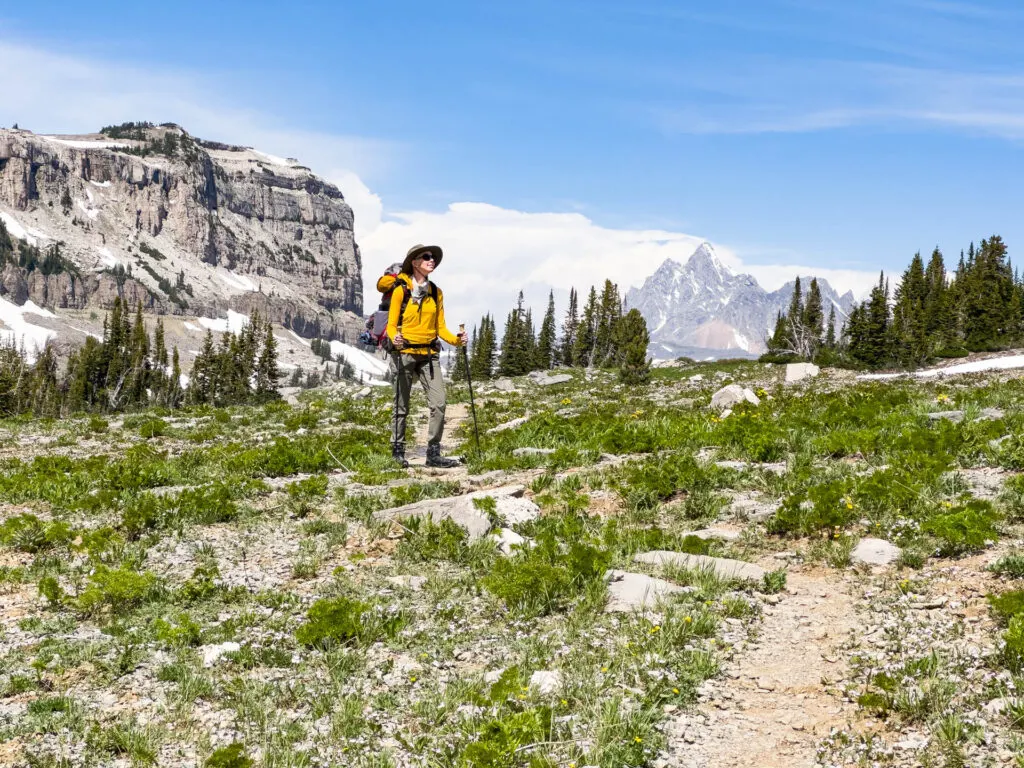
The mountains are an amazing place to be. I love frolicking among wildflowers and alpine lakes surrounded by epic views, and I enjoy them more knowing these magical places were only accessible via my own two feet (and a whole lotta grit and determination). But if there’s one thing that can ruin a hiking or backpacking trip–whether you’re completing a volcano trek in Guatemala or backpacking in Colorado–it’s altitude sickness.
Think you might have it? Wanna avoid it? Not even sure what the symptoms are? We’ve got you. Read on to find out how to identify, treat, and prevent altitude sickness.
•
Right off the bat, let’s get this disclosure out of the way: I am not a medical professional. I interviewed a medical professional from NOLS for this article, but don’t use these tips and info as medical advice. Read it, be informed, go into your adventures prepared, and if things get serious, seek medical attention.
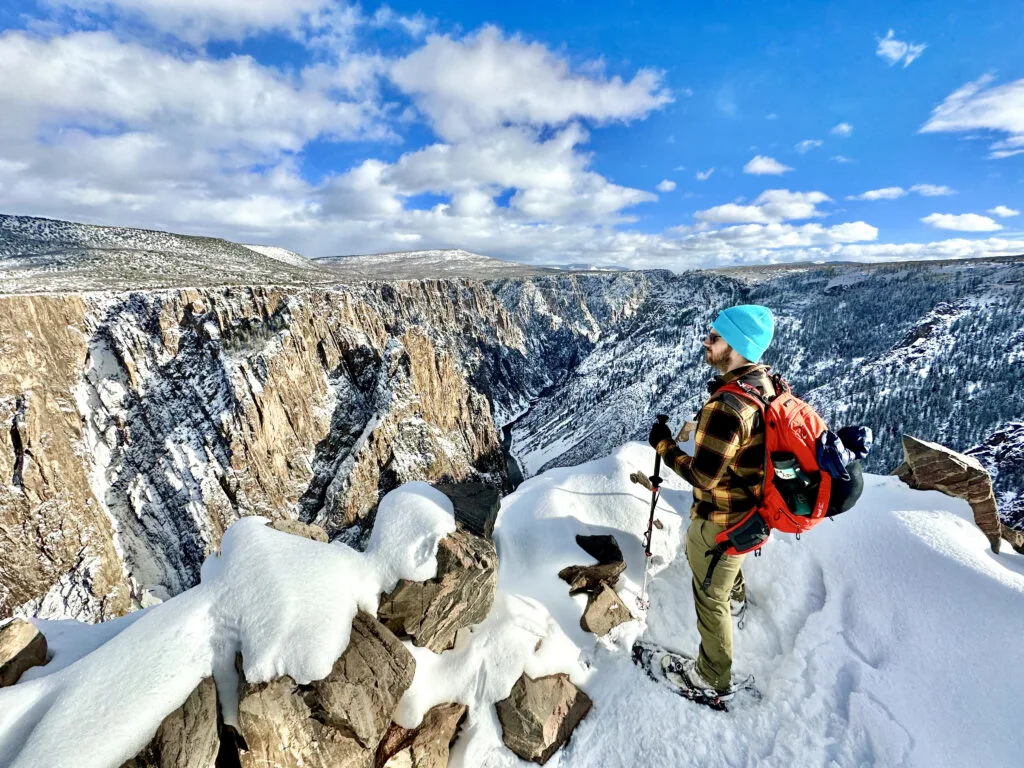
What causes Altitude Sickness?
Basically, altitude sickness is what happens when you go up in elevation where the concentration and pressure of oxygen in the air is reduced. As in, while oxygen molecules may be super close together at sea level so you’re breathing in plenty of them with every breathe, at higher altitudes, they’re much more spaced out, so you suck in fewer each time you inhale.
That means your body may compensate by breathing faster or harder than usual to try to get more oxygen. But it also means there is likely to be a lower concentration of oxygen in your blood, which your body doesn’t like. Because blood needs oxygen for everything from muscle recovery to organ function. It’s kinda important. All of it leads to various symptoms that range from mildly unpleasant to life-threatening (more on that below).
Altitude sickness can happen at lower altitudes if you’re sensitive, but 10,000 feet tends to be the delineation point between feeling fine and oh, my head.
And it usually hits within two days of arriving at higher elevations.
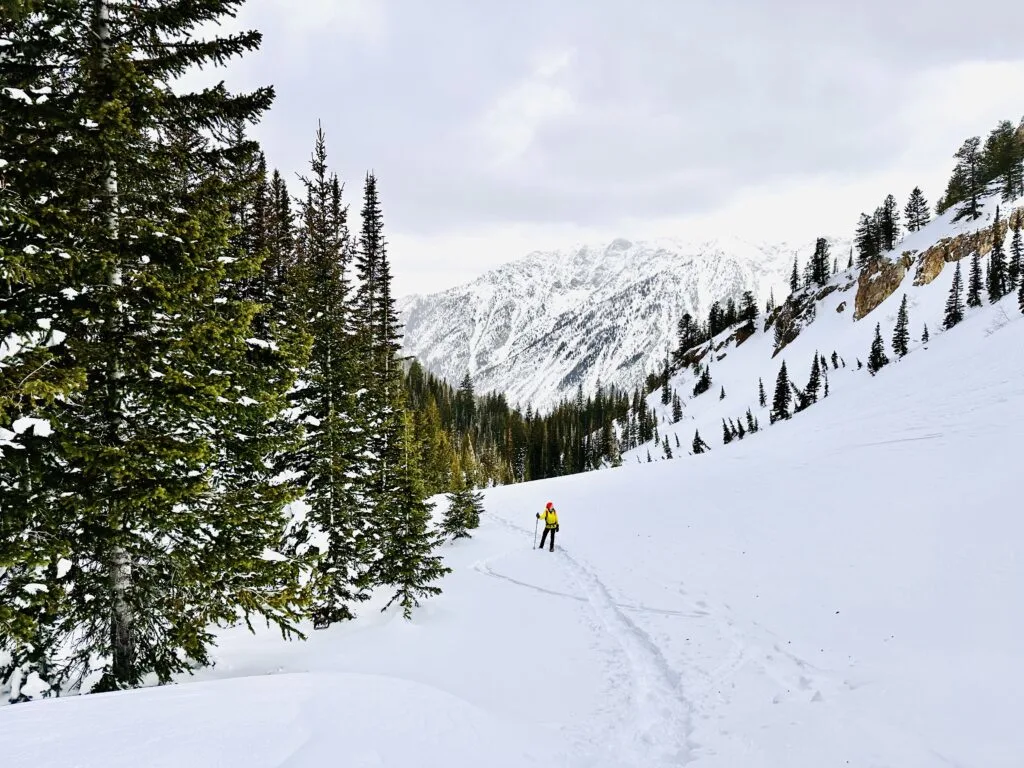
What are Altitude Sickness Symptoms?
Symptoms and signs of altitude sickness may vary from person to person, but generally, they include:
- Headache
- Nausea
- Sometimes vomiting
- Tiredness
- Insomnia
- Occasionally a loss of appetite
Extreme altitude sickness can get serious and dangerous fast, so above 10,000 feet, keep an eye out for more severe symptoms, which could be a sign of high altitude pulmonary or cerebral edema, both of which can be deadly. Here’s what this symptoms look like:
- Loss of balance
- Confusion
- Severe headache
- Persistent cough (especially if it’s wet)
- Breathlessness even when you’re not doing anything
- Extreme lethargy
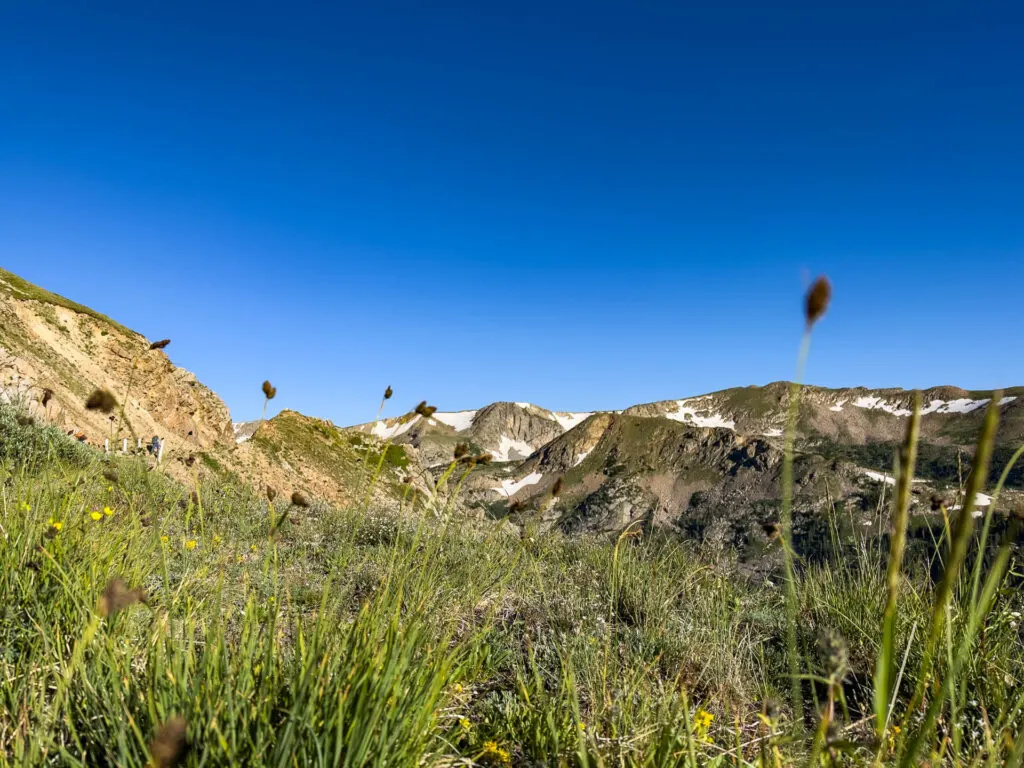
How to Prevent Altitude Sickness
While there’s no foolproof way to totally prevent altitude sickness, acclimatization is key when it comes to alleviating symptoms. That means your best bet if you want to avoid a splitting headache is to spend some time not doing anything too physically taxing at altitude for at least two days before you start hiking in earnest. As in, if you plan to hike a few 14ers in Colorado, get to Denver a few days early, see the sights, go on a few short jogs if you’re feeling good, and let your body get used to the difference in oxygen pressure.
Then, when it is time to start hiking, take your time. Rushing up a mountain could make symptoms worse, especially if that mountain is especially tall. There’s a reason Everest expeditions take so dang long to actually summit: they hike up, then back down, up, then back down, all to encourage their bodies to acclimate to the extreme lack of oxygen.
Finally, cool it on the booze. If you’re not used to existing at high altitudes, you’ll get drunker faster than at sea level. What’s worse, your hangover is gonna be brutal.
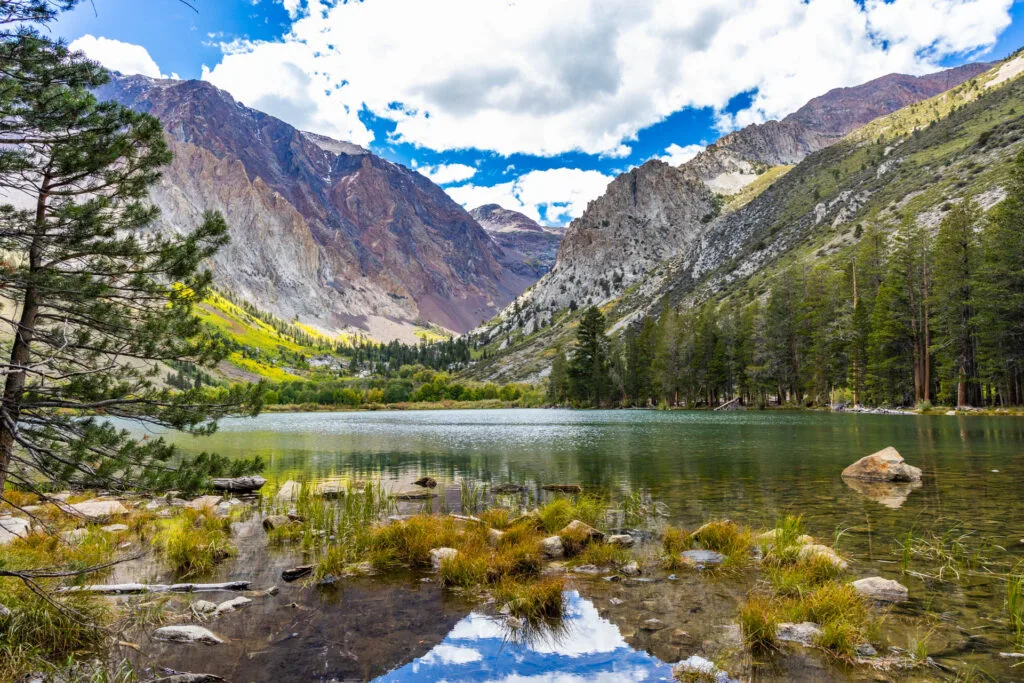
How to Treat Altitude Sickness
If symptoms are starting to present, don’t call off your summit just yet. There are several things you can do to alleviate the discomfort. First of all, make sure you’re hydrated. Dehydration can exacerbate elevation sickness symptoms, so drink up! Water and electrolytes.
Then, if a headache plagues you, take Tylenol or Advil or other over the counter pain meds to help assuage the throbbing. Stronger opioids will only make the overall situation worse.
After that, suck it up and wait it out. Symptoms will typically pass after a few days.
If they don’t, or symptoms are severe, time to head back down the mountain and seek medical attention, which is an absolute necessity if you’re experiencing confusions, disorientation, or feel absolutely wrecked.
As for prescription medication, if you’re worried your symptoms will be unpleasant, you don’t have much time to acclimate, or you’ve experienced altitude sickness before (and didn’t enjoy it) and expect to again, you can get a prescription from your doctor for Acetazolamide. Otherwise, a surefire way to reduce symptoms is simply to retreat to a lower altitude.
Oh, and if you can’t sleep, don’t take any sedatives: they suppress your respiratory drive, which means less oxygen is getting into your system while you’re unconscious. No bueno.
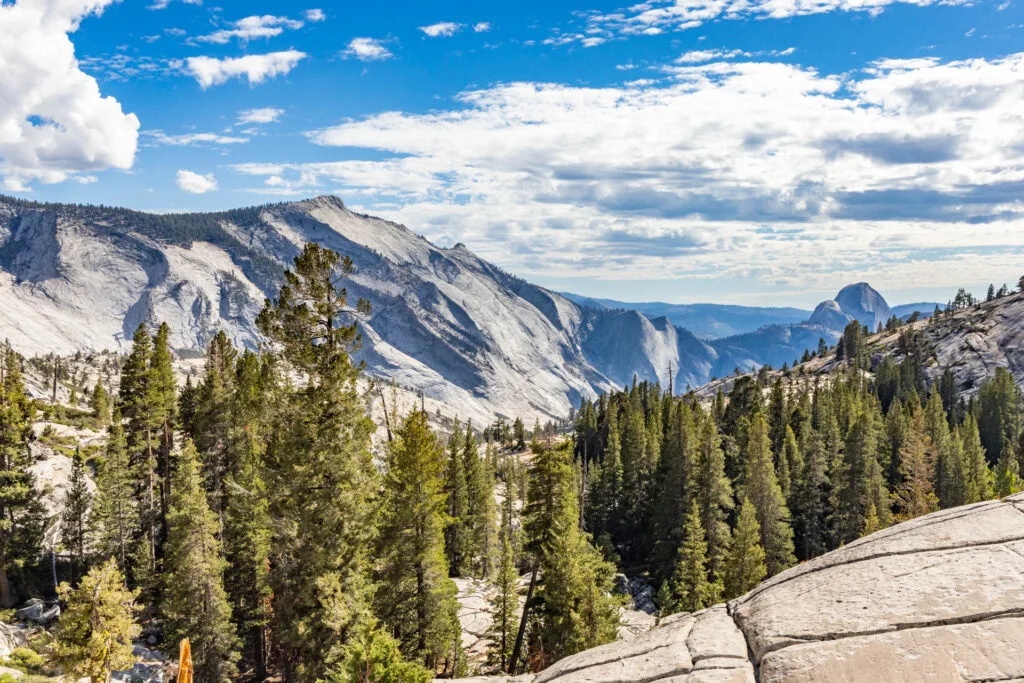
Bottom Line
Altitude sickness is fairly unpredictable and not super treatable, but you can help prevent some of the side effects if you plan ahead and let yourself acclimate beforehand. Acclimatization is key. So spend a few days at altitude before you start hiking, bring pain killers just in case, drink plenty of water, and keep an eye out for severe symptoms at extra high altitudes. Otherwise, walk it off!
And don’t let a little altitude sickness keep you from wandering on.
•
Alisha is a freelance outdoor journalist and photographer based in Ogden, UT. She loves backpacking, hiking, mountain biking, kayaking and snowboarding (even though she’s terrible at it). She’s also pretty sure she’s addicted to coffee. alishamcdarris.com
